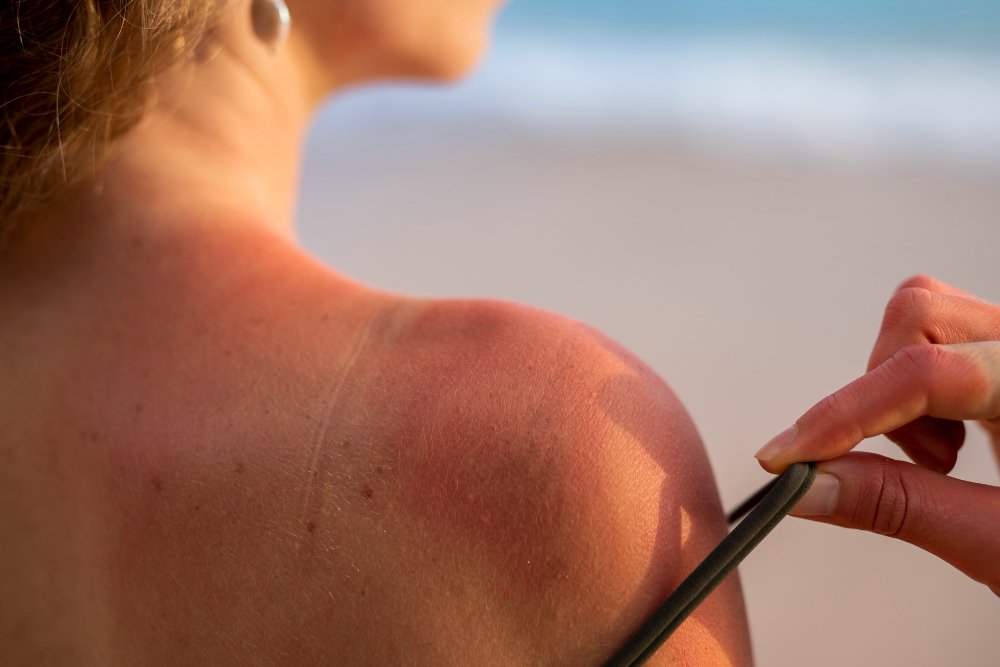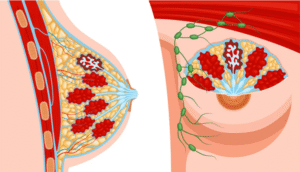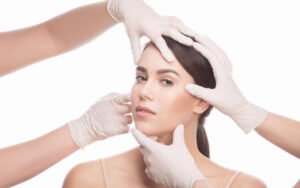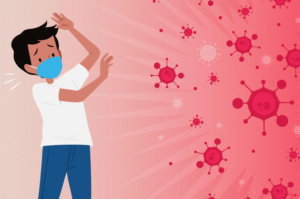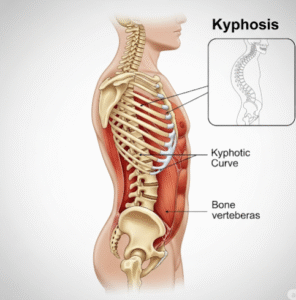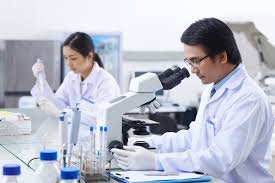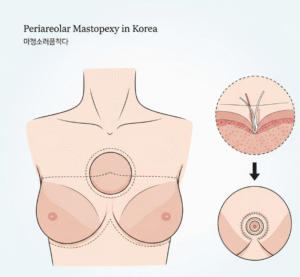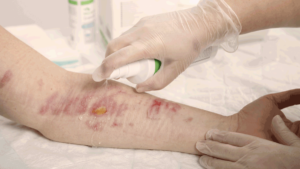Overview
Ultraviolet (UV) radiation is a major environmental risk factor for skin cancer. Prolonged and unprotected exposure to UV rays from the sun or artificial sources like tanning beds can cause DNA damage in skin cells, eventually leading to cancer. Skin cancer is one of the most common forms of cancer globally, and it is also one of the most preventable. Awareness, sun protection, and early detection are essential in reducing skin cancer risk.
What is Ultraviolet Radiation and Skin Cancer
Ultraviolet Radiation and Skin Cancer refers to the direct connection between exposure to ultraviolet light—particularly UVA and UVB rays—and the development of skin cancer. UV radiation penetrates the skin and can damage DNA in skin cells, impairing normal cell function. Over time, this damage can lead to mutations, uncontrolled cell growth, and cancer. There are three main types of skin cancer associated with UV exposure: basal cell carcinoma, squamous cell carcinoma, and melanoma.
Symptoms
Symptoms vary by type of skin cancer but commonly include:
- New growths or sores that do not heal
- Changes in the size, shape, or color of a mole or skin spot
- Raised, scaly, or rough patches of skin
- Itchy, bleeding, or crusted lesions
- Dark lesions on the palms, soles, or under fingernails (common in melanoma)
- Pearly or translucent nodules (basal cell carcinoma)
- Firm, red nodules (squamous cell carcinoma)
Causes
The primary cause of UV-induced skin cancer is DNA damage from prolonged UV radiation exposure:
- UVA rays penetrate deep into the skin and cause aging and indirect DNA damage
- UVB rays cause sunburn and direct DNA damage
- UVC rays are largely filtered by the ozone layer and not a significant cause of skin cancer
- Both natural sunlight and artificial sources (like tanning beds) emit harmful UV rays
- The damage accumulates over time, especially with repeated sunburns or long-term exposure
Risk Factors
- Frequent or prolonged sun exposure, especially without protection
- Fair skin, light eyes, and light hair (less melanin protection)
- History of sunburns, especially in childhood
- Use of tanning beds or artificial UV sources
- Living in sunny or high-altitude regions
- Family history of skin cancer
- Weakened immune system (e.g., organ transplant recipients)
- Age over 50 and male gender
- Presence of many moles or atypical nevi
Complications
- Spread of cancer to lymph nodes or distant organs (especially melanoma)
- Disfigurement, especially with advanced basal or squamous cell carcinomas
- Recurrence of skin cancer even after treatment
- Scarring and skin damage from surgery or radiation
- Psychological stress or anxiety related to diagnosis and visible changes
- Potential death in cases of aggressive or untreated melanoma
Prevention
Preventing UV-related skin cancer focuses on reducing sun exposure and protecting the skin:
- Use broad-spectrum sunscreen (SPF 30 or higher) every day, even in cloudy weather
- Reapply sunscreen every 2 hours, especially after swimming or sweating
- Wear protective clothing, hats, and UV-blocking sunglasses
- Seek shade during peak sun hours (10 AM to 4 PM)
- Avoid tanning beds and sunlamps
- Regular skin checks: self-exams and annual dermatology visits
- Educate children and adolescents early about sun safety
Treatment Options in Korea
South Korea provides world-class diagnosis and treatment options for skin cancer caused by UV exposure, including:
- Dermatologic surgery: Includes excision and Mohs micrographic surgery for precise removal of cancerous tissue
- Topical therapies: Such as imiquimod or 5-fluorouracil for superficial basal cell carcinoma
- Cryotherapy: Freezing pre-cancerous or early cancerous lesions
- Photodynamic therapy (PDT): Using light and special drugs to destroy abnormal cells
- Laser therapy for superficial skin lesions
- Radiation therapy and systemic chemotherapy for advanced or inoperable cancers
- Targeted therapy and immunotherapy: Especially for advanced melanoma (e.g., BRAF inhibitors, PD-1 inhibitors)
- Regular follow-up and skin surveillance programs to monitor for recurrence or new lesions
Korea’s medical centers emphasize early detection and personalized treatment plans, combining advanced technology with holistic care.

